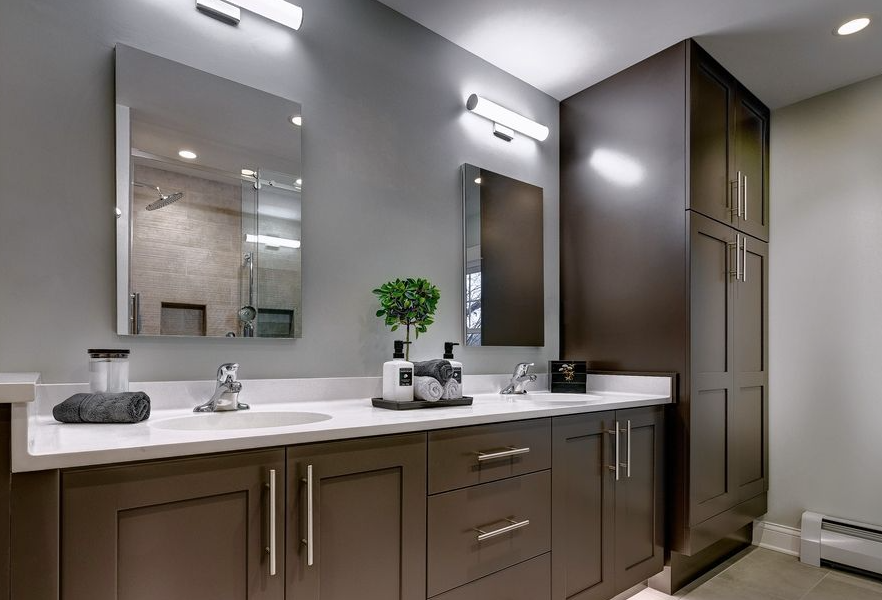Aging in place refers to the concept of allowing older adults to remain in their own homes or familiar environments as they age, rather than relocating to assisted living facilities or nursing homes. The goal of aging in place is to enable seniors to maintain their independence, autonomy, and quality of life as they get older. This approach is becoming increasingly popular as the global population ages and people seek alternatives to institutionalized care.
Aging in place involves making modifications to the living environment to accommodate the changing needs of older individuals. These modifications may include:
- Home adaptations: Installing grab bars, handrails, and ramps to improve accessibility and safety, especially in areas like bathrooms and staircases.
- Technology integration: Incorporating various assistive devices and smart home technologies, such as medical alert systems, remote monitoring, and voice-activated assistants, to support independent living.
- Social support: Establishing community-based services and support networks to provide social engagement, companionship, and assistance with daily activities.
- Healthcare services: Facilitating access to home healthcare services, telemedicine, and home-based medical care to address medical needs without the need for frequent hospital visits.
- Transportation options: Ensuring access to transportation services that accommodate older adults’ mobility needs and enable them to travel for essential errands and appointments.
- Home care assistance: Providing in-home caregivers or personal care aides to help with daily tasks like cooking, cleaning, and personal care.
The concept of aging in place promotes a sense of comfort and familiarity, which can positively impact older adults’ emotional well-being and mental health. It also often results in reduced healthcare costs and improved satisfaction for seniors and their families.
However, it is essential to recognize that aging in place might not be suitable for everyone. In some cases, the level of care required for certain medical conditions or impairments may necessitate moving to specialized care facilities. It’s crucial to assess each individual’s unique needs and preferences when considering the best approach to aging in place.




















